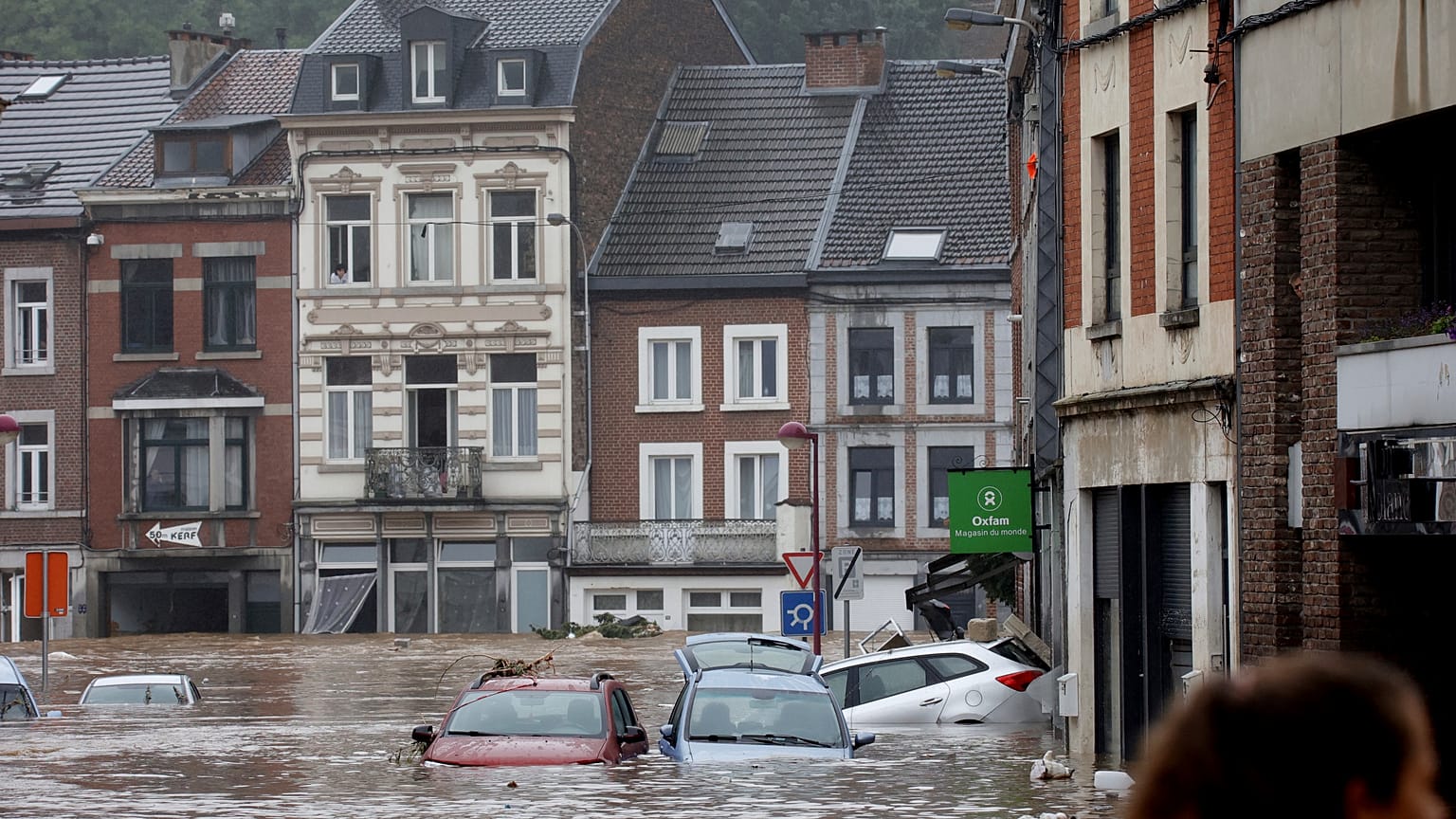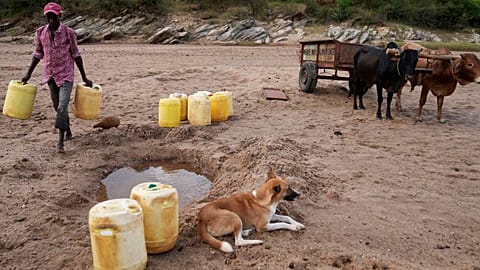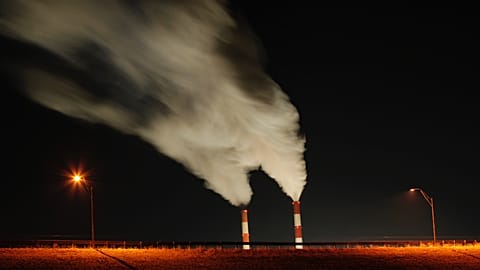Many European hospitals were also found to be on flood plains.
One in eight Europeans lives in an area at risk of flooding and critical infrastructure also lies in at-risk areas.
The new findings come from a report by the European Environment Agency on the impact of climate change on the entire water cycle, which also includes drought and forest fires.
In the last 40 years, violent storms have claimed more than 5,582 victims, and the danger remains high.
"Around 15% of industrial facilities in Europe may be located on flood plains," explains Aleksandra Kazmierczak, a climate and health expert at the European Environment Agency.
"Infrastructures such as water treatment plants are located further downstream. And more than a third of them in Europe are located on flood plains", she adds.
According to the report, 11% of hospitals are also located in high-risk areas.
Droughts and heatwaves also threaten water quality by increasing the concentration of pollutants. These cumulative events pose a problem of access to water for populations, and affect the cooling systems of nuclear power stations and agriculture.
"In 2022, we have seen a drop in the production of maize and olive oil, for example, particularly in southern Europe. The losses caused by drought in the agriculture, water supply and energy sectors are estimated at around €9 billion a year," explains Aleksandra Kazmierczak.
What's the solution?
“Europe is woefully not prepared for what’s to come,” says Elena Višnar Malinovská, Head of Unit at the Directorate-General for Climate Action in the European Commission.
Speaking at the launch of the report in Brussels on Wednesday she urged for ‘systemic solutions’ for a complex problem.
The report outlines potential solutions and underlines the fact that we have the tools necessary to combat the problems right now.
One simple measure it proposes is to avoid developments in areas at risk from climate-related hazards such as flooding.
It also suggests solutions inspired by nature, such as planting trees or vegetated areas to retain rainwater, or reusing treated water.
A greater role for technology is mooted in the form of increased surveillance monitoring and early warning systems.
“Without fast and systemic action to increase societal resilience,” the report states, “the health impacts of the changing climate through floods, droughts and impaired water quality will worsen.”
Watch the video above for more on this story.


















